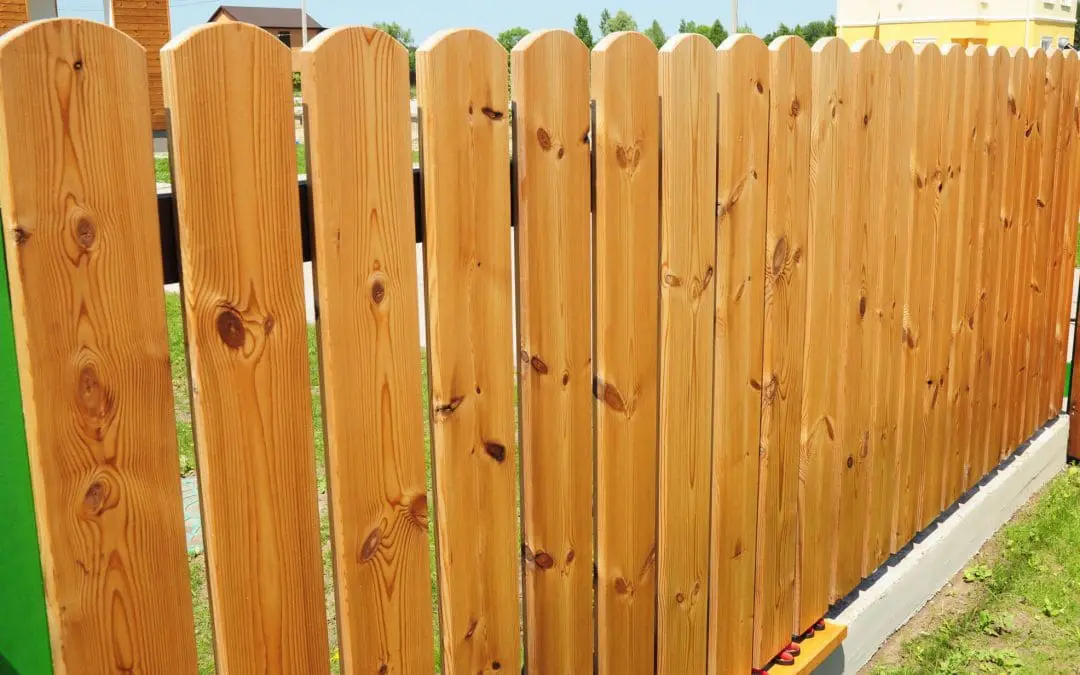Installing a new fence transforms your property by enhancing privacy, security, and aesthetic appeal. However, successful fence installation requires careful planning and consideration. Here’s a step-by-step guide to help you when planning for a new fence that meets your needs and complements your property.
Planning for a New Fence: Define Your Purpose
The first step in planning a new fence is clearly defining its primary purpose. Are you looking to increase privacy, enhance security, contain pets or children, improve aesthetics, or mark property lines? Understanding your primary goal will guide your material choices and design, ensuring the fence meets your needs.
Check Local Regulations and Codes
Before you start any installation, research local regulations and codes. Local zoning laws and homeowners association (HOA) regulations can dictate various aspects of your fence, such as height, materials, styles, and property lines. Contact your local building authority or HOA to learn about specific requirements and obtain any necessary permits. Ensuring compliance with these regulations will prevent future issues and potential fines.
Choose the Right Materials While Planning for a New Fence
Your choice of materials will significantly impact the fence’s durability, maintenance, and appearance. Wood is a classic and versatile option but requires regular upkeep to prevent rot and weathering. Vinyl is low-maintenance and long-lasting, though more expensive upfront. Metal options like aluminum or wrought iron are durable and secure but costly. Composite materials made from recycled components are eco-friendly and require minimal upkeep, while chain link fences are affordable and functional, though not the most attractive option. Consider your budget, desired look, and willingness to perform maintenance when selecting materials.
Plan Your Fence Layout
Careful planning of your fence layout is essential. Start by marking your property lines, and consider hiring a surveyor if necessary to avoid disputes with neighbors. Take into account the terrain, as uneven ground may require special installation techniques. Decide where you’ll need access points and how wide the gates should be, ensuring they are conveniently placed for your needs. Additionally, consider how your fence will complement existing or future landscaping plans. Sketching a layout or using design software can help you visualize your fence and make adjustments before installation.
Set a Budget Before Planning for a New Fence
Setting a budget is a critical step in the planning process. Determine how much you’re willing to spend on your fence project, including materials, labor, permits and fees, and ongoing maintenance costs. Getting multiple quotes from contractors can help you understand the total cost and make an informed decision. Be realistic about your budget to avoid unexpected expenses.
Decide Between DIY and Hiring a Professional
Consider whether you want to tackle the installation yourself or hire a professional. If you’re handy and enjoy physical work, DIY installation saves money, but it’s time-consuming and requires specific tools and skills. Professional installation is more expensive but ensures the job is done correctly and efficiently. Evaluate your skill level, available time, and the project’s complexity before deciding.
Prepare for Installation
Once you’ve planned and budgeted, it’s time to prepare for installation. Clear the area of any obstacles like rocks, plants, or old fencing. Measure and mark post locations according to your layout, and gather all necessary tools and materials. If hiring a contractor, schedule the installation and ensure the work area is ready beforehand. Proper preparation will help the installation process go smoothly and efficiently.
Planning for a new fence involves careful consideration of your needs, local regulations, materials, layout, and budget. Whether you decide to DIY or hire a professional, thorough planning will help ensure your new fence is a valuable addition to your property. With the right approach, your fence can provide security, privacy, and curb appeal. Planning carefully will lead to a successful fence installation that meets all your requirements and enhances your property.
FAQs About Building a Fence
What factors should I consider when choosing the height of my fence?
When selecting the height of your fence, consider the level of privacy and security you need, local regulations that may limit fence height, and the visual impact on your property and neighborhood. Additionally, think about how the height will affect sunlight and shadows in your yard.
What are some common mistakes to avoid when installing a new fence?
Common mistakes include not checking local regulations, failing to accurately measure property lines, choosing the wrong materials for your climate, and not planning for gate placement. Skimping on materials and poor installation can also lead to long-term issues. Proper planning and research can help you avoid these pitfalls.

